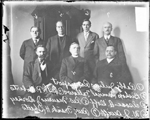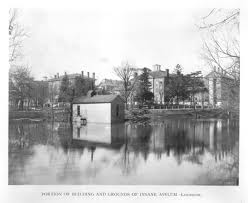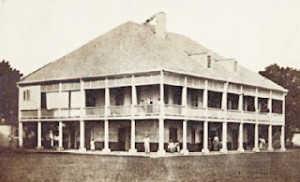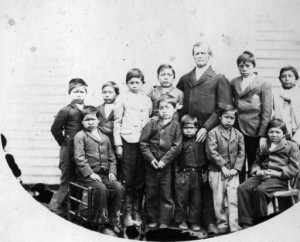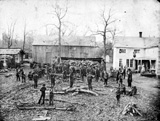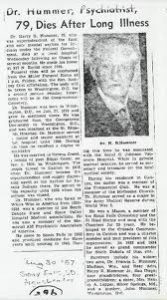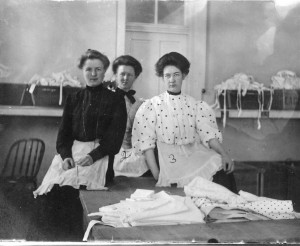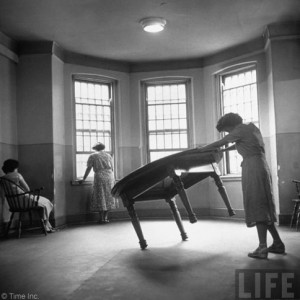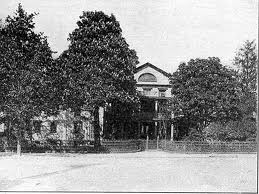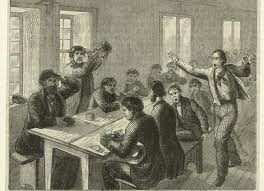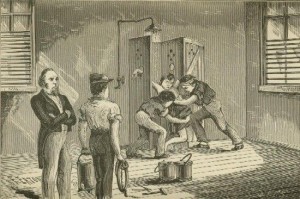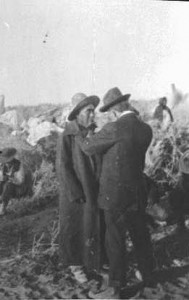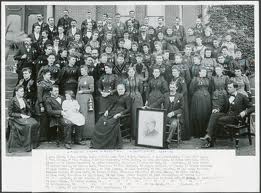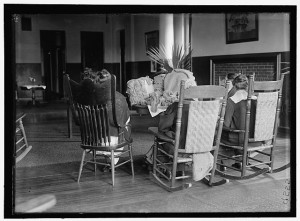Patients were committed to insane asylums with relative ease during the 1800s and into the 1900s. Though many undoubtedly needed help, others were simply a nuisance to their relatives for one reason or another. Though whites were improperly committed sometimes, Native Americans were particularly helpless when it came to defending themselves against a charge of insanity; most were wards of the government at this time and had few rights. Reservation superintendents had great power, and their opinions about a particular Indian’s mental state carried great weight.
Superintendent O. S. Gifford wrote to the Commissioner of Indian Affairs, Francis Luepp, in 1908, with a dilemma. A woman named Blue Sky had been admitted to the asylum from the La Pointe Agency at some earlier time, but seemed to be ready for discharge. The snag was how to get her home. Since she didn’t speak or understand English, Gifford was reluctant to just release her on a difficult journey. He asked Luepp for funds to provide an escort to her home in Minnesota.
Though the correspondence seems to end there, escorts were provided to other discharged patients and Blue Sky probably received one. The real problem is how she could be committed if she couldn’t understand English. Gifford and his assistant, Dr. Turner, would have found it difficult to diagnose any real complaint or provide treatment, unless she had a physical, rather than a mental problem. Yet, Blue Sky apparently recovered from whatever had sent her to the institution and displayed some sort of behavior that indicated that she had. Perhaps she had suffered an emotional blow that led to depression or excessive grief. Perhaps she had problems with family members, and simply needed a break from them. Speculation is all that is possible at this point, but the language barrier is a particularly ominous aspect of the case.
______________________________________________________________________________________
